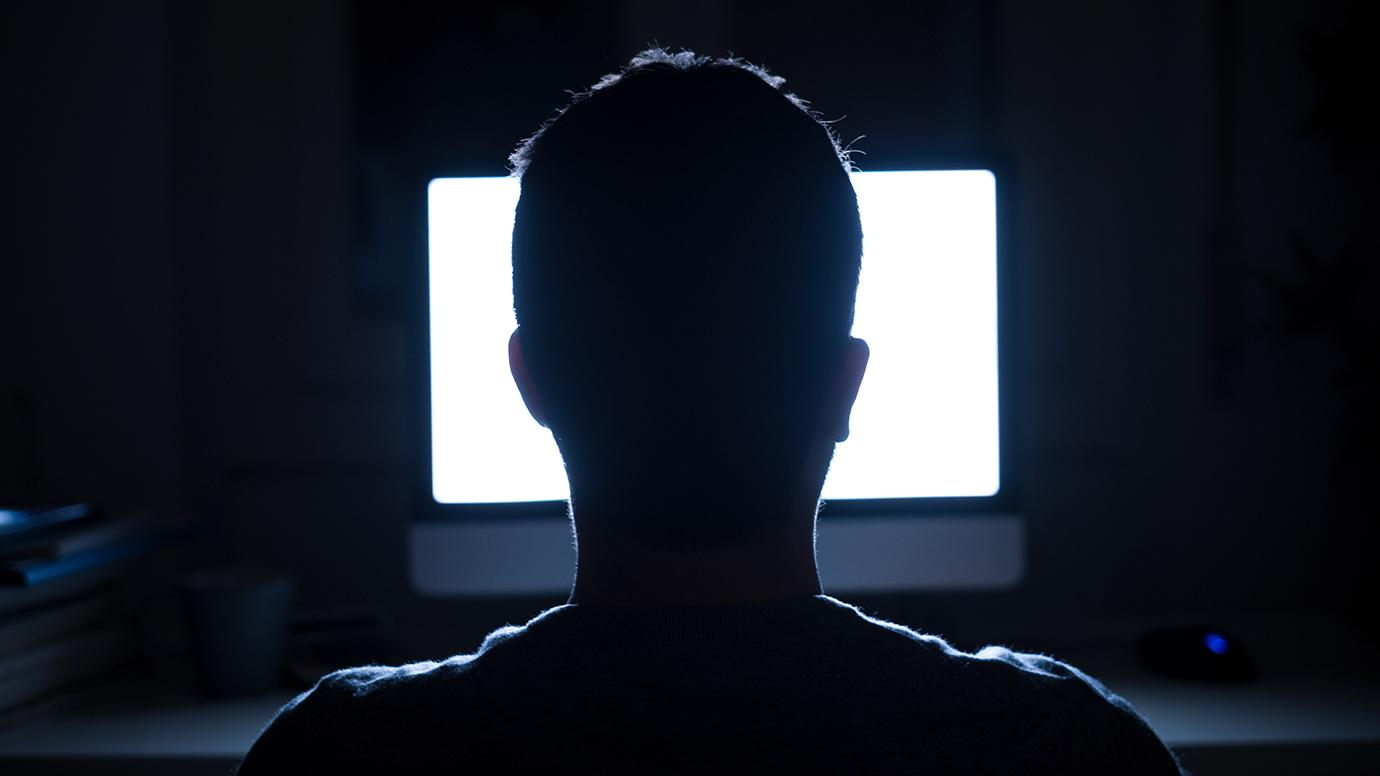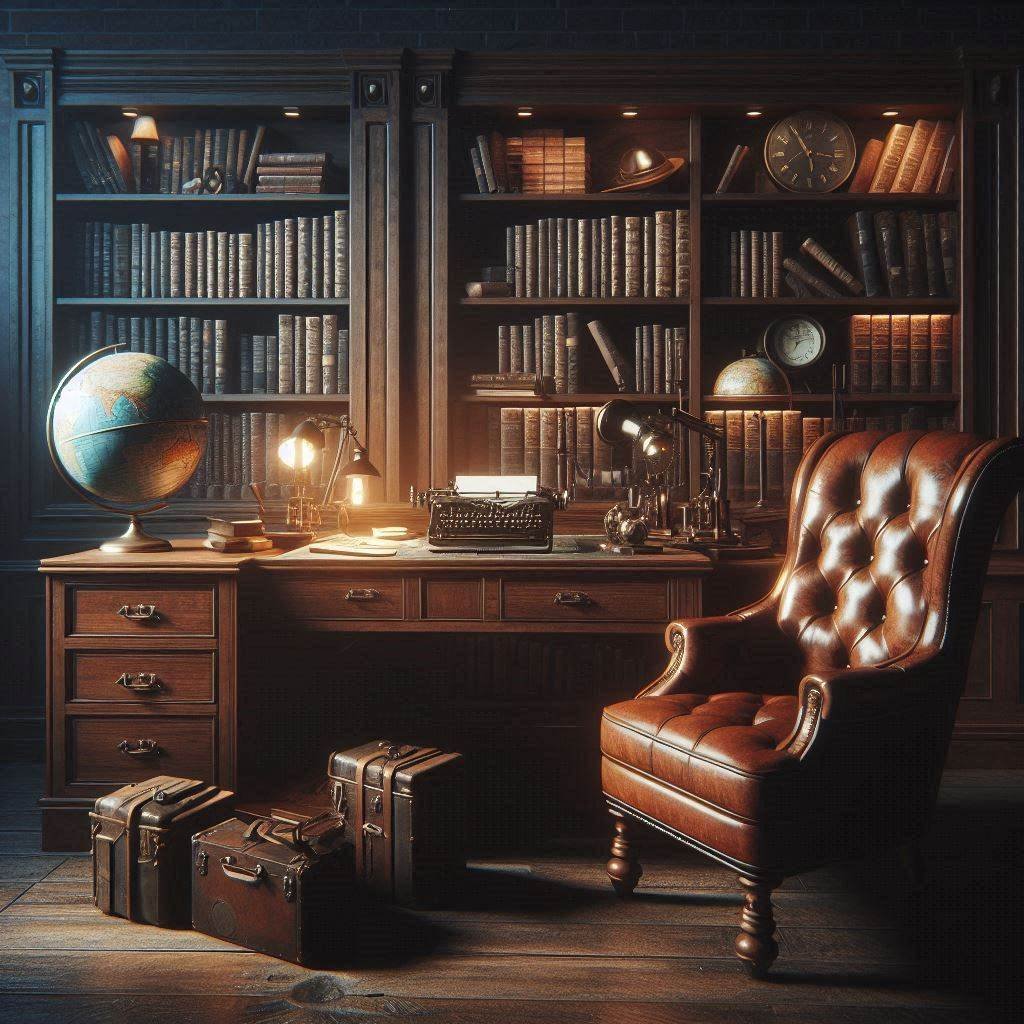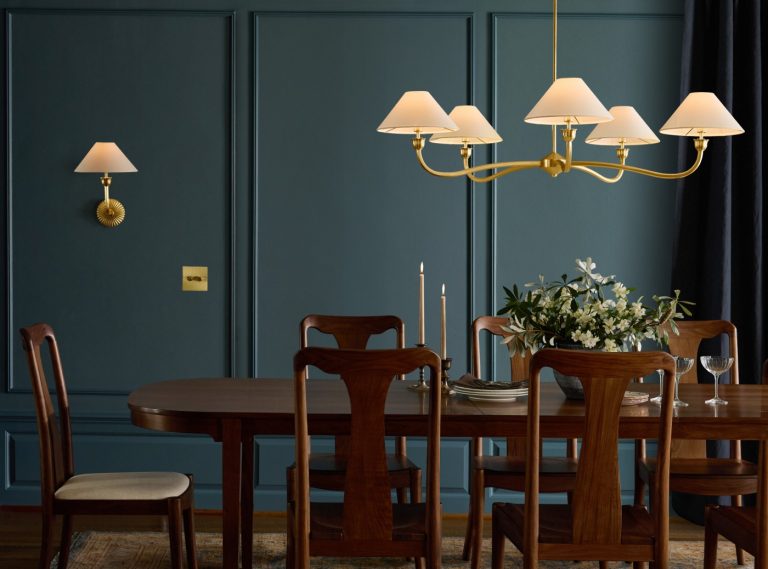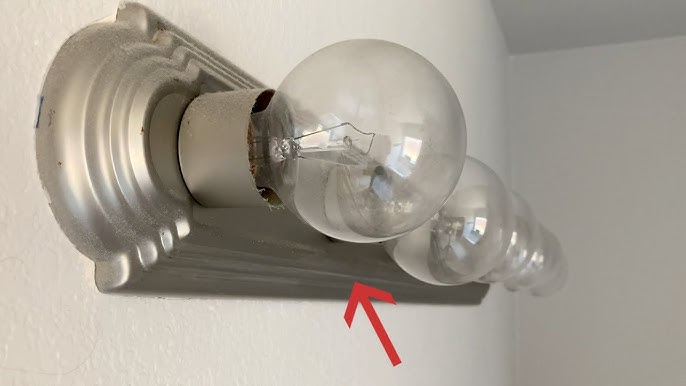What Light in a Dark Room Helps You Study? Bright Ideas
Imagine sitting down to study, surrounded by textbooks and notes, only to find that the lighting in your room is casting shadows and straining your eyes. You’re trying to focus, but the dim or overly harsh light is making it difficult to concentrate.
What light in a dark room helps you study? A cool white LED desk lamp with adjustable brightness is best for studying in a dark room. It reduces eye strain, mimics daylight, and improves focus. Avoid harsh overhead lighting or overly dim lights, as they can cause fatigue and reduce concentration.
You might not realize it, but the lighting in your study space plays a crucial role in how well you absorb information and stay motivated. Choosing the right light can transform your study sessions from frustrating to productive. The right lighting not only enhances your focus but also boosts your mood and energy levels.
Have you ever wondered why certain lighting makes you feel alert while others leave you feeling drained? This isn’t just about brightness; it’s about creating an environment that stimulates your brain and keeps you engaged. We’ll explore the ideal lighting for studying in a dark room. You’ll learn how different types of light affect your concentration and what you can do to optimize your study space. Get ready to discover simple changes that could make a huge difference in your academic performance. Let’s dive in and find out what light in a dark room truly helps you study.

Credit: news.uchicago.edu
What Light in a Dark Room Helps You Study?
Optimal Light Sources
Bright lamps with adjustable brightness create a comfortable study environment. Warm LED lights reduce eye strain and enhance focus. Soft lighting balances illumination and encourages efficient reading.
When studying in a dimly lit room, the right light source can make all the difference. It doesn’t just illuminate your workspace; it can also affect your concentration and energy levels. So, what are the optimal light sources to help you study effectively?
Read More: How Many Can Lights Per Room? Expert Lighting Guide
Natural Light: The Gold Standard
Natural light is often considered the best option for studying. It creates a calm and inviting atmosphere. Position your desk near a window to maximize this light.
Natural light can boost your mood and help you stay alert. It reduces eye strain and enhances focus. If possible, schedule your study sessions during daylight hours.
Led Desk Lamps: Efficiency And Clarity
LED desk lamps are a great choice if natural light isn’t available. They are energy-efficient and provide a bright, focused beam. Look for lamps with adjustable brightness.
These lamps reduce glare and allow you to customize your lighting. A friend once shared how an adjustable LED lamp transformed their late-night study sessions. They felt less fatigued and more productive.
Task Lighting: Focused And Functional
Task lighting is ideal for detailed work. It directs light precisely where it’s needed. Consider a clip-on lamp or a flexible arm lamp.
This type of lighting helps you concentrate on specific tasks. It minimizes distractions by illuminating only your work area. Have you tried using task lighting for focused study sessions?
Ambient Lighting: Setting The Mood
Ambient lighting creates a comfortable environment. It provides a soft, overall light that complements task lighting. Think of ceiling lights or wall-mounted fixtures.
This lighting reduces harsh shadows and creates a balanced atmosphere. It can make your study space more inviting. How does your current ambient lighting affect your study habits?
Color Temperature: Finding The Right Tone
The color temperature of your light source impacts your study efficiency. Cooler tones (above 5000K) are energizing and improve alertness. Warmer tones (below 3000K) create a relaxed setting.
Choose a light source with adjustable color temperature. You can switch between cool and warm tones depending on your study needs. Experiment with different settings to find what suits you best.
Finding the right light source can greatly enhance your study sessions. Experiment with different options and see what works best for you. Remember, effective lighting is not just about brightness—it’s about creating an environment that helps you focus and learn.
Read More: Lights in Lounge Room: Transform Your Space Instantly

Credit: helleniccentre.org
Impact Of Light On Concentration
Dim lighting can hinder focus and productivity. A softly lit room enhances concentration, helping students absorb information better. Choosing warm, ambient lights creates a calm environment, aiding study sessions effectively.
Lighting plays a crucial role in how well you can concentrate while studying. The right light can enhance your focus, reduce fatigue, and improve your overall mood. But how does light really impact your concentration?
Understanding The Role Of Natural Light
Natural light is often the best source for studying. It is bright, consistent, and doesn’t strain your eyes. Imagine studying by a window with sunlight pouring in.
This kind of setting can help you stay alert and focused. Studies show that natural light can boost productivity and mood, making it a great choice for long study sessions.
The Effect Of Artificial Light Sources
Sometimes, natural light isn’t an option. That’s when artificial light sources come into play. Not all artificial lights are created equal.
LED lights are energy-efficient and provide a bright, steady glow. On the other hand, fluorescent lights can flicker and cause headaches. Choosing the right bulb can make a difference in how well you concentrate.
Warm Vs. Cool Light: Which Is Better?
The color temperature of light affects concentration, too. Warm light tends to be relaxing and is great for winding down. But for studying, cool light is more effective.
Cool light mimics daylight, keeping your brain alert. Think of it as a gentle nudge to stay focused on your tasks.
Adjusting Light Levels For Different Tasks
Different tasks require different lighting. Reading might need brighter light than typing on a computer.
You can use adjustable lamps to tailor the light to your needs. This flexibility helps maintain concentration, especially during complex tasks.
Personal Experience: Finding The Right Light
I used to study in dim light, thinking it was cozy. But I often found myself dozing off or losing focus. Then I switched to a brighter LED desk lamp.
The change was immediate. My concentration improved, and studying became less of a chore. Have you found a light setup that works wonders for you?
Practical Tips For Optimal Lighting
– Position your light source to minimize glare on your screen or books.
– Use task lighting like a desk lamp for focused activities.
– Experiment with different bulbs to find the right brightness and color temperature.
Isn’t it interesting how something as simple as light can affect your concentration? What changes can you make to your study environment to boost your focus?
Choosing The Right Bulb
Lighting plays a crucial role in studying effectively. Choosing the right bulb can make a big difference. It affects your focus and reduces eye strain. But how do you pick the perfect bulb for your study space? Consider the bulb’s brightness, color temperature, and energy efficiency. Let’s explore these factors in detail.
Understanding Brightness Levels
The brightness of a bulb is measured in lumens. A higher lumen count means more light. For studying, aim for bulbs that offer 450 to 800 lumens. This range ensures your room is well-lit but not overwhelming. Too much brightness can cause discomfort and headaches. Make sure to check the packaging for lumen information.
Choosing The Right Color Temperature
Color temperature is measured in Kelvin (K). It influences how warm or cool the light appears. For studying, bulbs in the 4000K to 5000K range work best. This range offers a neutral white light. It mimics natural daylight, which helps maintain alertness. Avoid bulbs with a low Kelvin rating, as they produce a yellowish hue.
Opting For Energy Efficiency
Energy-efficient bulbs save electricity and last longer. LED bulbs are a popular choice for their durability. They consume less energy compared to traditional bulbs. This makes them cost-effective in the long run. Look for bulbs with an Energy Star label for guaranteed efficiency. This choice benefits both your wallet and the environment.
Considering The Bulb Shape And Size
The shape and size of the bulb also matter. Bulbs come in various shapes, like spiral or globe. Choose a shape that fits your lamp or fixture. Some shapes distribute light more evenly. Ensure the bulb size is compatible with your light fitting. This prevents issues like flickering or poor light distribution.
Placement For Effective Illumination
Lighting plays a crucial role in creating an effective study environment. Proper placement of light sources can make a significant difference in reducing eye strain and improving focus. Let’s explore the best ways to position your lights for optimal study conditions.
Avoid Direct Glare
Position your lamp to the side of your study area, not directly in front of you. This helps prevent glare on your screen or books, which can be distracting. Aim for a soft glow that illuminates your workspace without causing harsh shadows.
Leverage Natural Light
If possible, study near a window to make use of natural light. It’s soothing and can reduce dependency on artificial lighting. Adjust your desk to catch this light during the day, but be mindful of times when the sun might be too bright or set at an angle that causes glare.
Task Lighting Overhead
Consider overhead task lighting for general illumination. This could be a ceiling light or a pendant lamp hung over your desk. It offers even lighting across your entire workspace, minimizing shadows and providing a consistent environment.
Use Adjustable Lamps
An adjustable desk lamp is a versatile tool for effective illumination. You can direct the light exactly where you need it, whether you’re reading, writing, or using a computer. This adaptability means you can change the focus of the light as your tasks change.
Mind Your Shadows
Pay attention to where shadows fall when positioning your lights. Shadows can obscure text or cause eye strain if they fall across your reading materials. Adjust your lamp until you find a position that minimizes these dark spots.
How do you arrange your lights for studying? Does the placement of your lamp impact your focus? Experiment with these strategies to find what works best for you. A little adjustment can make a big difference in your study effectiveness.
Balancing Natural And Artificial Light
Natural and artificial light can both improve study conditions in dark rooms. A soft desk lamp reduces eye strain while sunlight boosts focus and mood. Balancing both types of lighting creates an ideal study environment.
Balancing the right mix of natural and artificial light can make a world of difference in your study environment. Too much artificial light can strain your eyes, while relying solely on natural light might not provide consistent illumination throughout the day. Finding the sweet spot between these two can improve focus, reduce fatigue, and enhance productivity.
Understanding Your Natural Light Source
Think about where your study desk is positioned. Is it near a window? Natural light is ideal for most study tasks, as it mimics daylight, helping to keep you alert and lessening eye strain. However, direct sunlight can cause glare on screens or paper, making it difficult to concentrate. Adjust your blinds or curtains to diffuse the light and create a comfortable environment.
Benefits Of Artificial Light
Artificial light fills in the gaps when natural light isn’t sufficient. Choose lamps that emit soft, warm light, as harsh, bright lights can lead to headaches and tired eyes. Consider using LED bulbs, which are energy-efficient and provide stable illumination without flickering.
Combining Both For Optimal Effect
A mix of natural and artificial light can be your best ally. During the day, use natural light as your primary source, complemented by a desk lamp for tasks requiring focus. In the evening, gradually increase artificial lighting to maintain consistent brightness. This balance helps maintain your body’s natural rhythm, keeping you focused without overstimulation.
Personal Experience With Lighting Balance
I once studied in a room with only overhead fluorescent lights. I found myself constantly fatigued and struggling to focus. After rearranging my setup to include a desk lamp and moving closer to a window, the difference was remarkable. My productivity soared, and I felt more comfortable during long study sessions.
Practical Tips For Your Study Space
– Position your desk near a window for maximum natural light exposure.
– Use adjustable lamps to direct light where needed, especially during evening study sessions.
– Experiment with different bulb types and brightness levels to find what feels best for your eyes.
– Regularly clean windows and lampshades to ensure optimal light passage.
Could shifting your lighting setup be the key to unlocking a more productive study session? Give it a try and notice the difference in your concentration levels.

Credit: www.alamy.com
Frequently Asked Questions
What Light Is Best For Studying At Night?
Warm white LED lights are ideal for studying at night. They reduce eye strain and improve concentration. Choose a lamp with adjustable brightness to suit your needs. Ensure the light is directed onto your workspace to minimize shadows and glare.
Which Type Of Light Is Best For Studying?
Warm white LED light is ideal for studying. It reduces eye strain and improves concentration. Choose bulbs around 4000K for a comfortable environment. Ensure proper brightness and avoid glare for effective study sessions.
What Light Setting Is Best For Studying?
Optimal light for studying is bright, cool white light around 4000K to 5000K. It enhances focus and reduces eye strain. Natural daylight is ideal but adjustable LED lamps work well indoors. Avoid dim lighting, which can cause fatigue and hinder concentration.
Proper light improves productivity and learning efficiency.
What Colour Room Light Is Best For Studying?
For studying, choose bright white or cool blue light to enhance focus and concentration. These lights mimic daylight, reducing eye strain and boosting productivity. Avoid yellow or dim lights, as they can cause fatigue. Ensure the lighting evenly covers your workspace for optimal studying conditions.
What Type Of Light Is Best For Studying?
Soft, warm light reduces eye strain. LED bulbs are energy-efficient and adjustable, ideal for study rooms.
Conclusion
Choosing the right light enhances your study experience. Dim lights can strain eyes. Bright lights reduce fatigue and improve focus. A balanced light source is ideal. Natural light works best, if available. Otherwise, try LED desk lamps. They mimic daylight and save energy.
Adjusting brightness helps, too. Consider your room’s layout and your study habits. Experiment with different lights. Find what suits you best. It’s about comfort and effectiveness. Good lighting leads to productive study sessions. So, light up your study space wisely.







